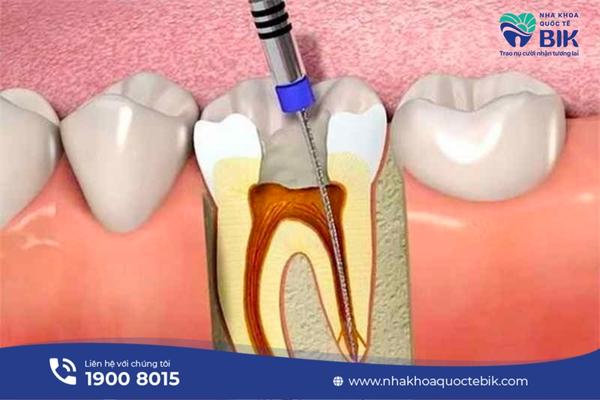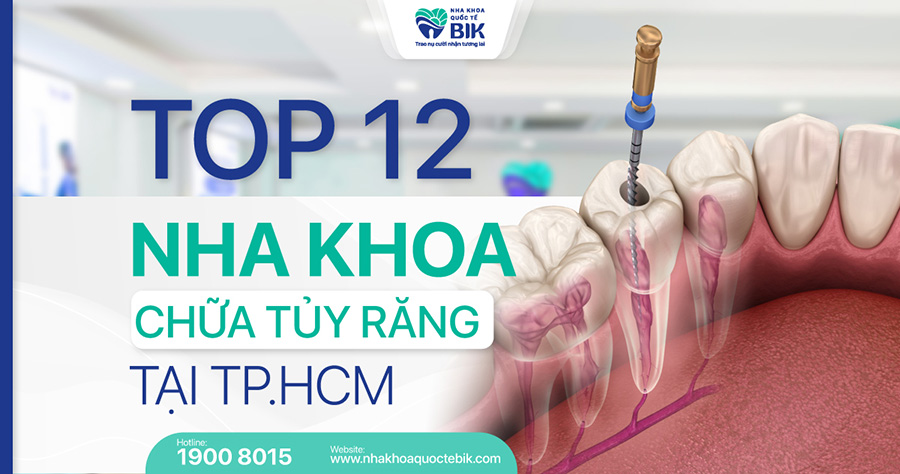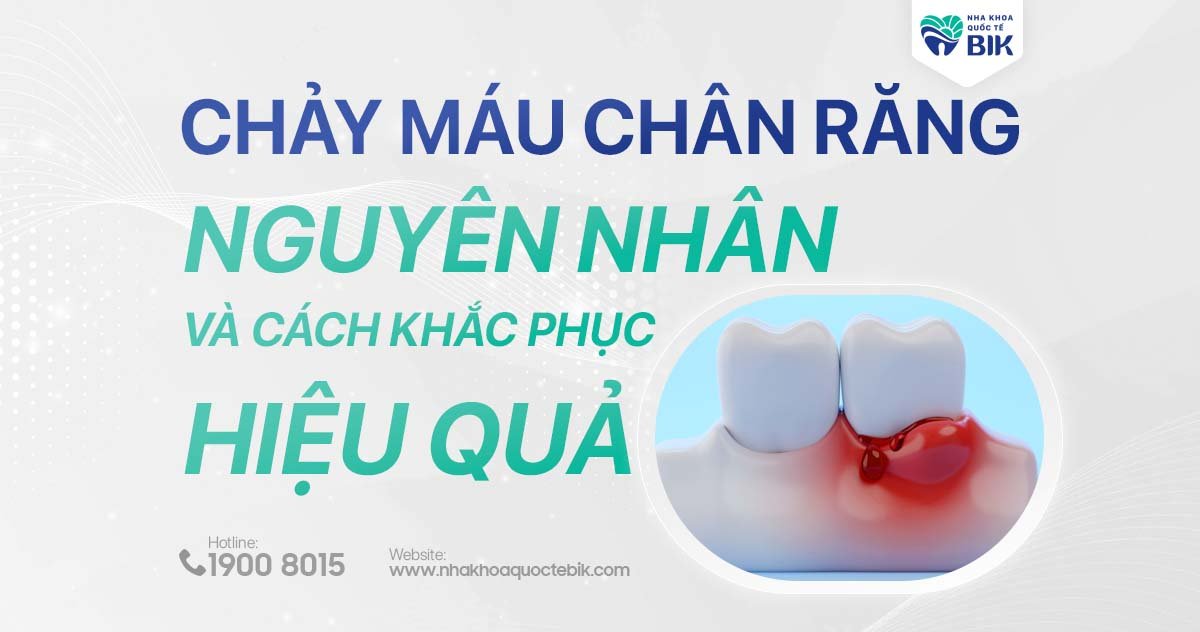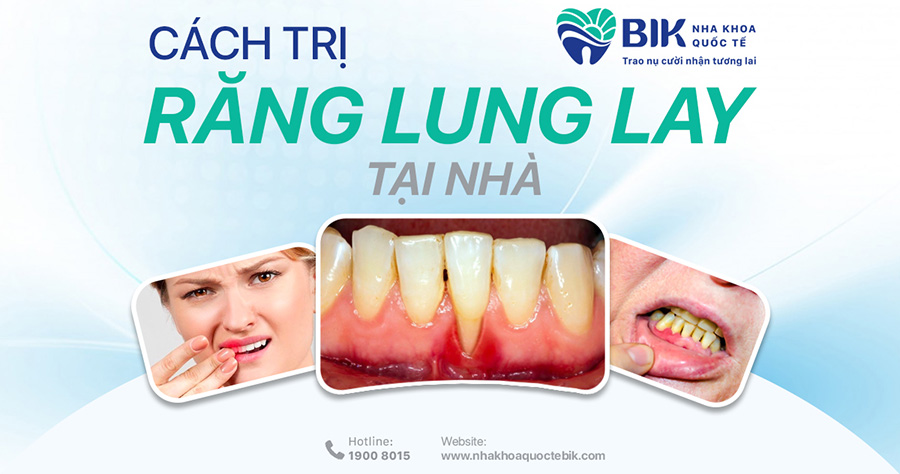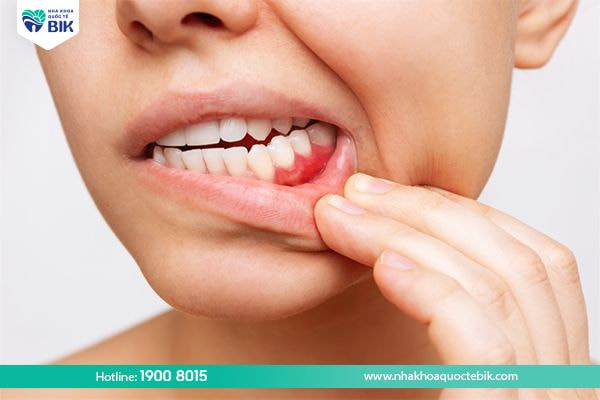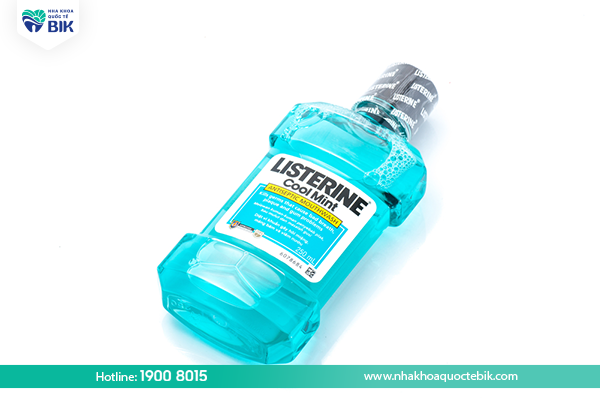Molars are the type of teeth that are most susceptible to bacteria attack, leading to tooth decay in the jaw for many reasons, but at the same time, molar tooth decay is also very difficult to detect because the tooth is located deep inside, so few people pay attention to it. If the disease is not detected early and is left until it has progressed severely before going to the dentist, the doctor may prescribe tooth extraction. Let’s find out with BIK International Dental Clinic whether tooth extraction has any effects or not through the article below!
1. The role of molars
A normal molar tooth will consist of 2 parts: the tooth body that can be observed with the naked eye and the tooth root inside the jaw bone. An adult usually has a total of 32 teeth, including 4 different types. Of which 16-20 are molars, arranged symmetrically between the upper and lower jaws, molars are divided into 3 different types:
– Premolars are located at positions 4 and 5 from the incisors.
– Premolars are located at the innermost position, next to premolars, at positions 6 and 7.
– Wisdom teeth (or teeth number 6) usually grow in adulthood from 17 to 25 years old.
Molars play a major role in crushing food and have a concave and convex tooth surface with many small grooves. This is also the main reason why molars are easily decayed if not cleaned properly to completely remove food debris. In addition, because they are located in a hidden corner deep in the jaw, molar tooth decay is often difficult to detect in the early stages if you do not regularly visit the dentist.
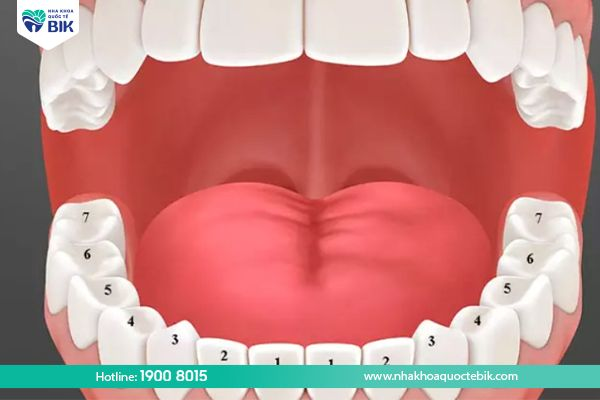
2. Stages of molar decay
Molar decay will develop continuously from mild to severe as follows:
2.1. Tooth enamel decay
Tooth enamel decay is a condition in which tooth enamel loses minerals due to bacteria attacking and corroding the tooth surface, creating a clearly damaged area. At this time, the tooth surface will appear yellow-brown or black spots that are easily noticeable. Especially when eating food that is too hot or too cold, you will feel a slight tingling or pain.
2.2. Dentin decay
At this time, the cavities grow more and more, the cavities get bigger and bigger and quickly destroy the remaining enamel, starting to attack the dentin. You will have signs such as pain when chewing because food touches the cavity.
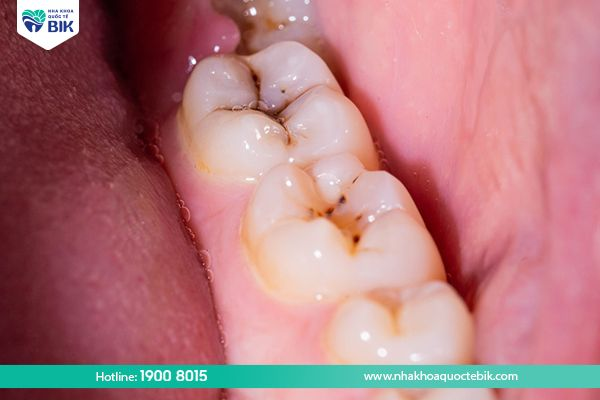
2.3. Pulpitis
At this time, bacteria will develop and attack the pulp, causing pulpitis, creating long-lasting, uncomfortable pain. At this stage, you may experience many signs such as gradually larger cavities, food being stuck in the tooth. In addition, the tooth may also be loose, gingivitis, jawbone inflammation and the risk of tooth loss.
2.4. Pulp Death
When pulpitis is not treated, bacteria will accumulate more and more, causing damage to the tooth root, alveolar bone and areas around the tooth tip. This leads to tooth abscess, pulp death and a very high risk of tooth loss.
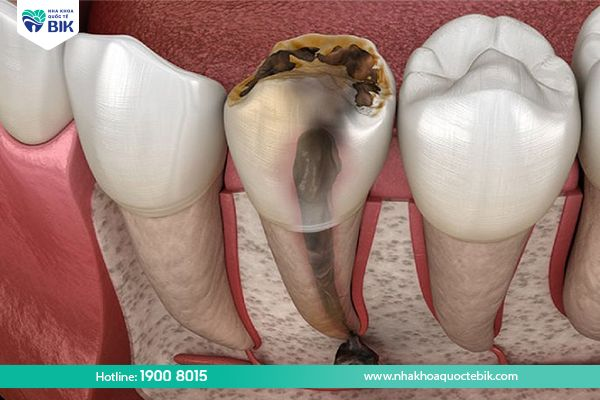
3. When is it necessary to extract a decayed molar?
Doctors will not always prescribe extraction of decayed teeth, but it also depends on each case as follows:
3.1. Cases where tooth extraction is not necessary
In fact, the most important principle when treating decayed molars is to preserve the natural tooth as much as possible, so doctors will certainly consider taking other measures to fix decayed teeth if possible:
– If the molar tooth only has cavities in the enamel, the dentist will clean, remove the decayed enamel and fill the tooth to prevent the decay from recurring.
– In cases where the molar tooth has decayed into the dentin or pulp but the root is still strong, the dentist will treat the pulp and fill the root. After that, the dentist will usually advise you to have a porcelain crown to protect the tooth from further bacterial attack.
Decayed molar teeth can recur at any time and the tooth will also become more sensitive in a short time. Therefore, after successful treatment, you should pay attention to daily oral care to ensure that the risk of tooth decay is minimized.
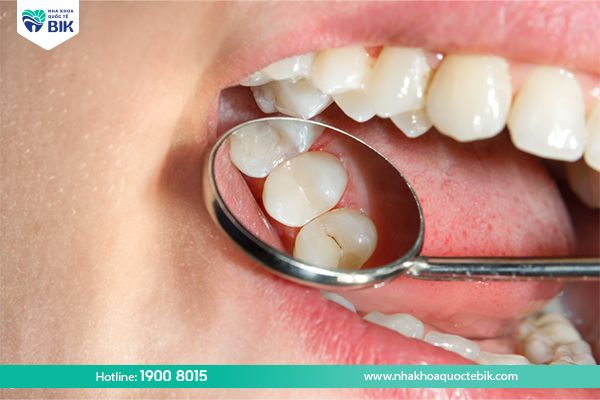
3.2. Cases where a decayed molar needs to be extracted
In cases where the tooth has been completely destroyed by bacteria, the dentin is damaged and the pulp is dead, the doctor can only prescribe extraction of the decayed molar. Specifically, in cases of blunt decay, receding gums, periodontitis, etc. that are at risk of affecting the adjacent teeth, the tooth will be completely extracted.
Stubbornly keeping the decayed tooth at this time will cause food plaque to get stuck, causing bad breath and hindering oral hygiene due to pain. More dangerously, severe tooth decay can lead to alveolar bone abscess, a type of infection that is characterized by swelling, redness, fever and pain. The most dangerous is blood infection, which can lead to death if not treated promptly.
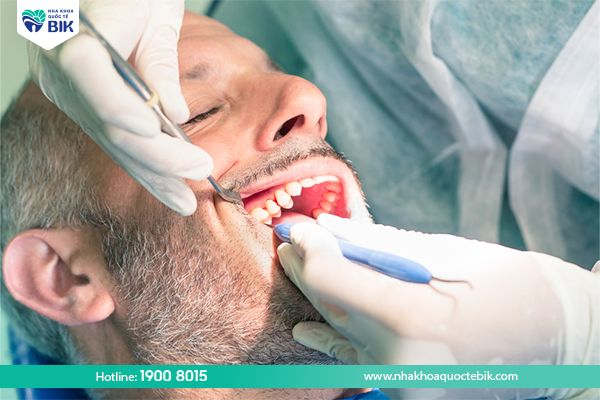
4. International standard procedure for extracting decayed molars
Usually, the procedure for extracting decayed molars will take place in the following order:
4.1. General examination
First, the doctor will conduct a general examination of the patient’s oral health and then start taking X-rays to grasp the location and condition of the decayed tooth. Based on the results, the doctor will advise the most appropriate treatment plan. In cases of severe tooth decay, the tooth will need to be extracted.
Note that during this stage, you should provide some information related to other diseases if any such as diabetes, high blood pressure, hemophilia, cardiovascular disease, etc. This helps ensure the treatment process is absolutely safe.
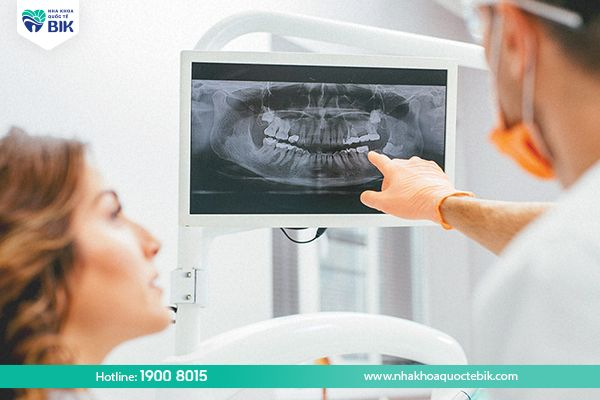
4.2. Cleaning the oral cavity
After agreeing to have a decayed tooth extracted, the patient’s oral cavity will be cleaned through steps such as scaling, removing food debris between teeth and rinsing with specialized water. This process helps kill bacteria in the oral cavity, ensuring that no complications occur when extracting teeth.
4.3. Anesthesia
Although it is only a minor surgery, anesthesia is a mandatory step before extracting molars, especially wisdom teeth. After local anesthesia, you will be temporarily paralyzed in the gum area around the tooth to be extracted. Therefore, you will not feel any pain during the extraction process.
4.4. Extracting decayed molars
Doctors will use modern equipment to remove decayed molars, this process requires carefulness and meticulousness in every action to ensure the safety of the patient. Tooth extraction time can last from 20 – 30 minutes depending on the difficulty of the tooth to be extracted.
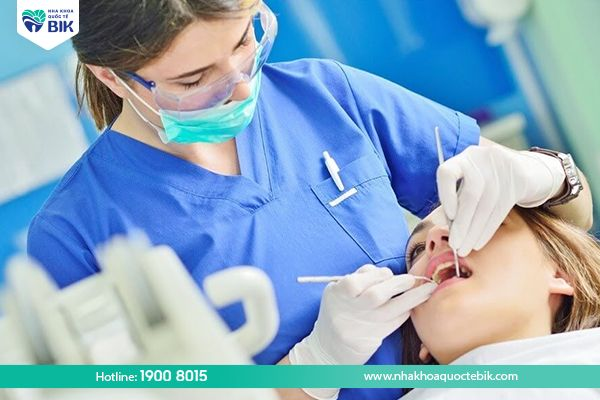
4.5. Stitching the wound
After the tooth extraction, the doctor will clean the wound one last time with purified water and then stitch the wound with dental floss. You need to hold a cotton ball in your mouth to stop the bleeding and stay at the dentist for observation for about 30 minutes.
4.6. Prescribe anti-inflammatory drugs
Finally, the doctor will prescribe pain relievers and anti-inflammatory drugs for the patient, instruct them on how to care for their teeth at home, and schedule a follow-up appointment.

5. Does tooth extraction have any effects?
With today’s advanced techniques and modern technology, tooth extraction is completely painless and does not affect the nerves as people think. As mentioned above, before tooth extraction, the doctor needs to do a general examination first to be able to give the safest treatment plan.
In addition, thanks to the help of anesthesia, you will not feel any pain during the tooth extraction process. However, after extracting a decayed tooth, you may still have to face complications such as: Decreased chewing force, misaligned bite, jaw bone loss, etc.
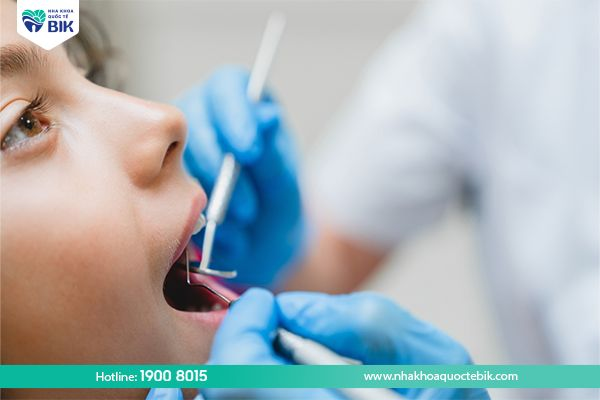
6. Dental implants after extracting a molar
To prevent the dangerous complications mentioned above, patients should consider taking the following measures to restore teeth after extraction:
6.1. Making a porcelain bridge
A porcelain bridge is a fairly popular tooth restoration solution and is currently the most popular choice thanks to its reasonable cost. With this method, the doctor will build a porcelain bridge using two teeth next to the extracted decayed tooth as pillars. In the case of 1 tooth extraction, the porcelain bridge will include 3 fake teeth, in which the middle tooth will replace the decayed tooth.
The advantage of making a porcelain bridge is that it is quick to perform, you can restore your chewing ability after only 3 – 5 days. However, the biggest disadvantage of this method is that it requires the impact of 2 adjacent teeth to act as pillars for the porcelain bridge above. In addition, they only replace the upper teeth but not the lost tooth root.
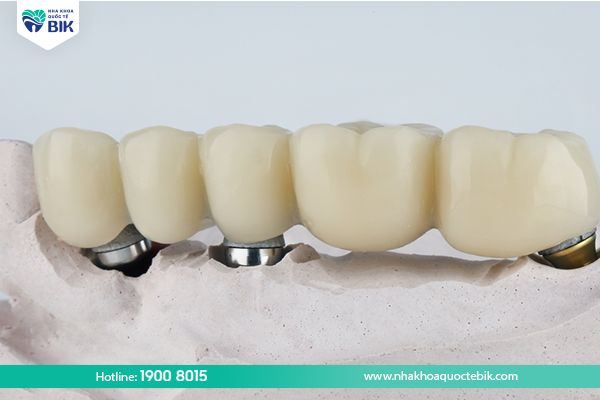
6.2. Implant dentistry
Implant dentistry is a method of prosthetic tooth restoration that uses the most modern technology today. Implant teeth will have 3 main parts: Implant pillar, porcelain crown and Abutment joint. In which, the Implant pillar is made from high-grade Titanium material and is inserted into the jawbone to replace the extracted tooth root. Porcelain crowns will be designed specifically for each person, with the same shape and color as the remaining real teeth, ensuring complete restoration of aesthetics.
As the most advanced dental technology today, Implant has many outstanding advantages such as:
– Helps restore teeth comprehensively from the crown to the root with a lifespan of up to 25 years.
– Completely restores normal chewing ability, while ensuring absolute aesthetics.
– Effectively prevents complications of bone loss and gum recession caused by long-term tooth loss.
– Does not affect other teeth because it only affects the position of the extracted decayed tooth.
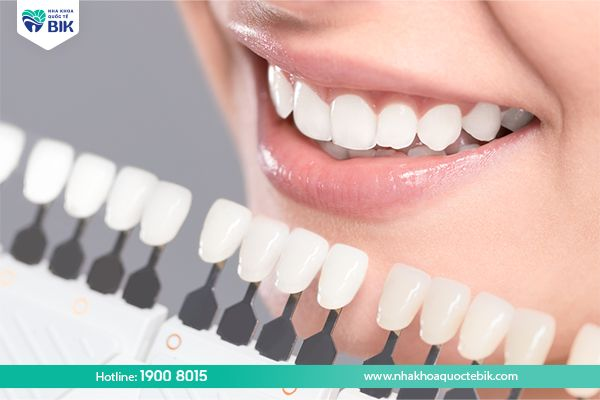
So not in all cases of tooth loss, the doctor will prescribe tooth extraction, but this method requires very careful consideration because its complications later are very dangerous. Therefore, as soon as you discover a cavity in your molar, you should go to the dentist immediately for timely treatment, minimizing the risk of severe tooth decay requiring tooth extraction.

